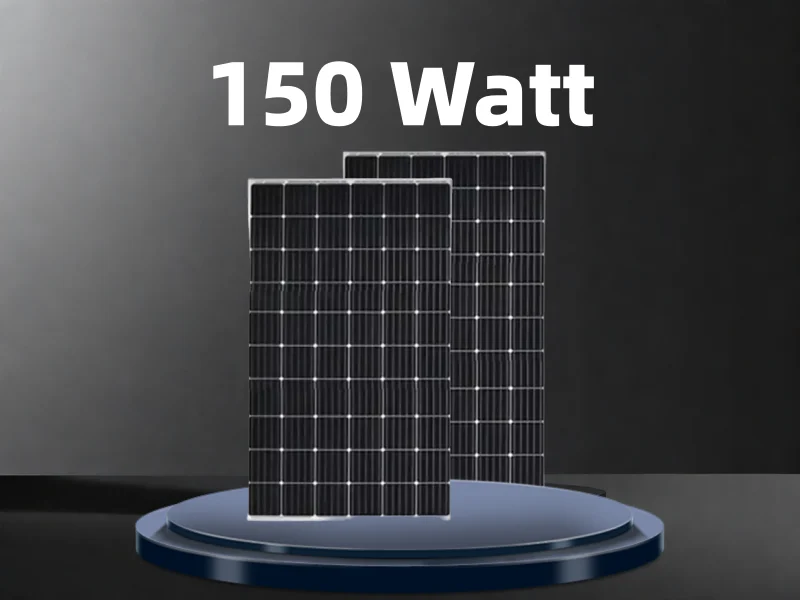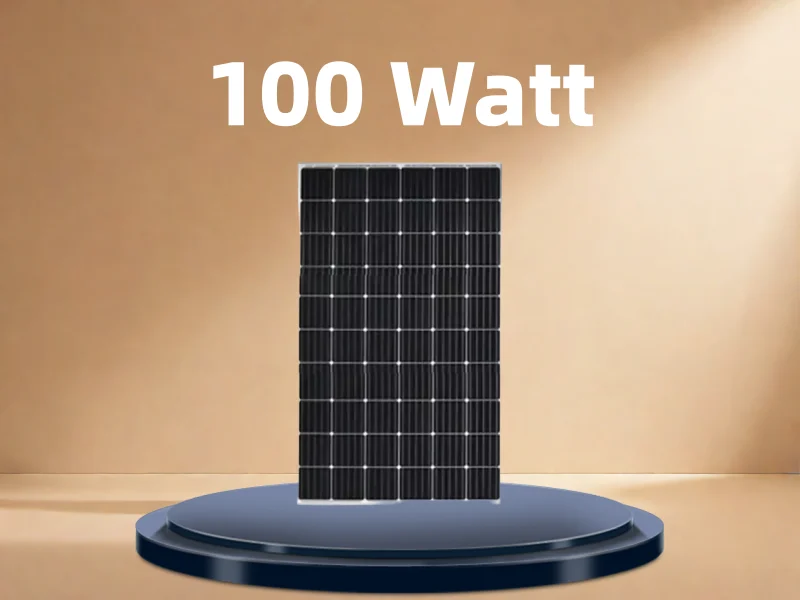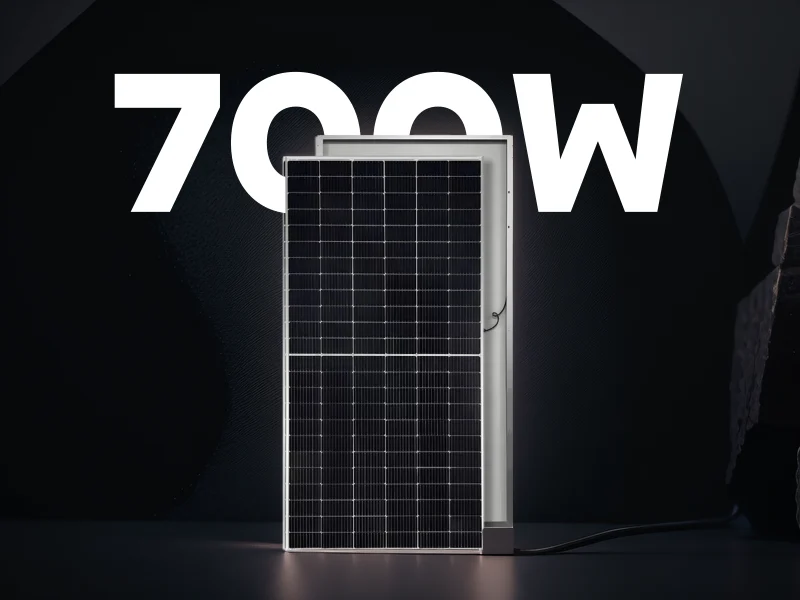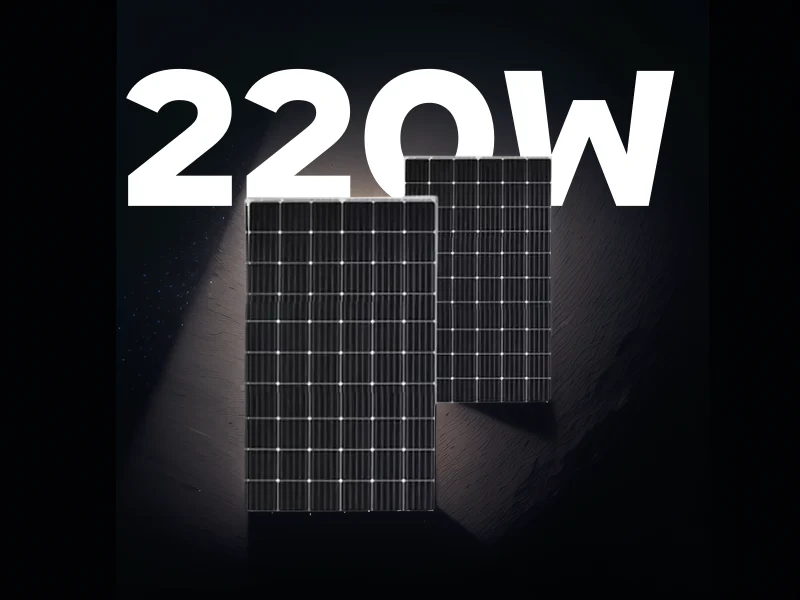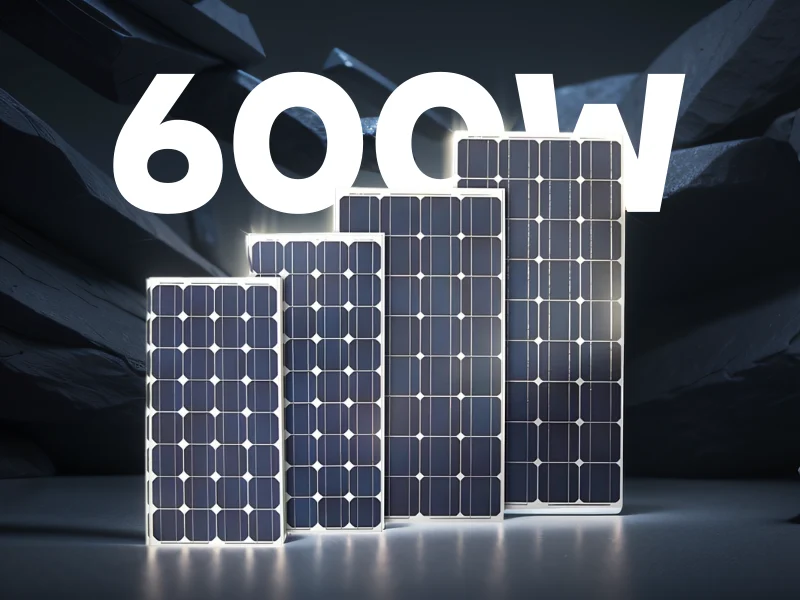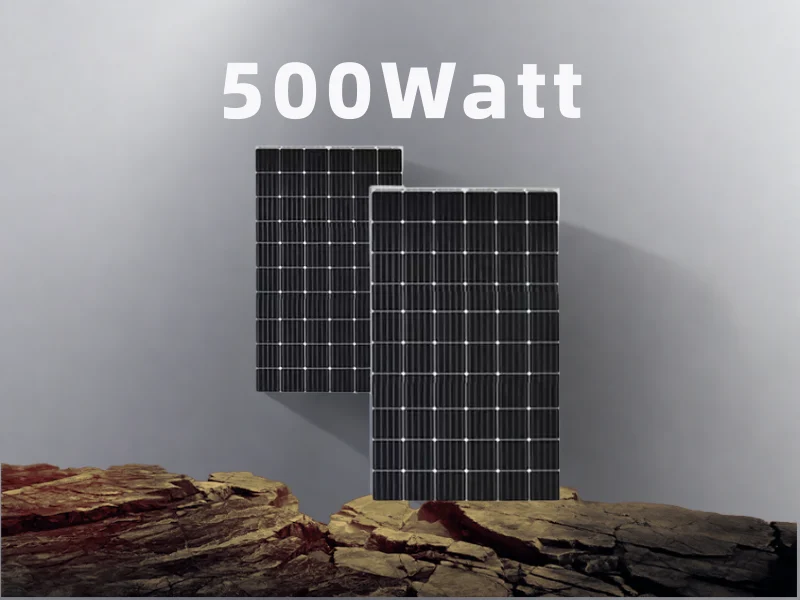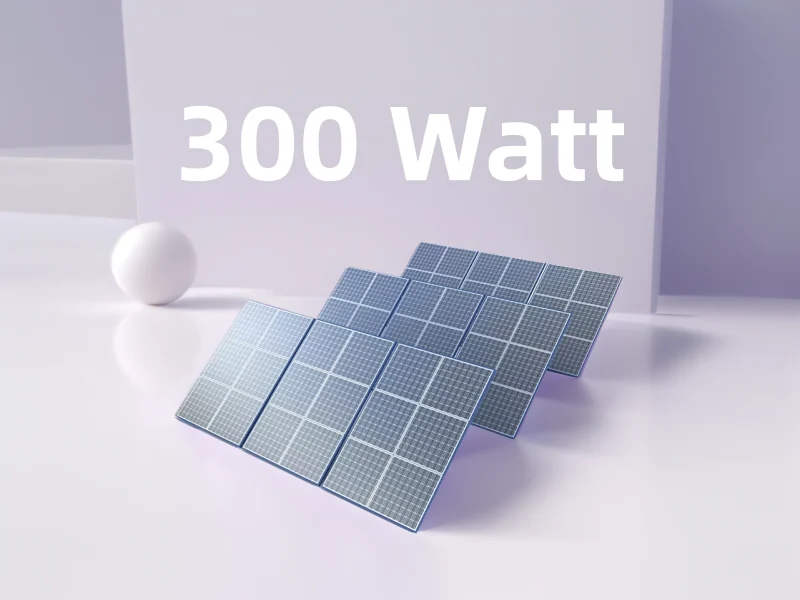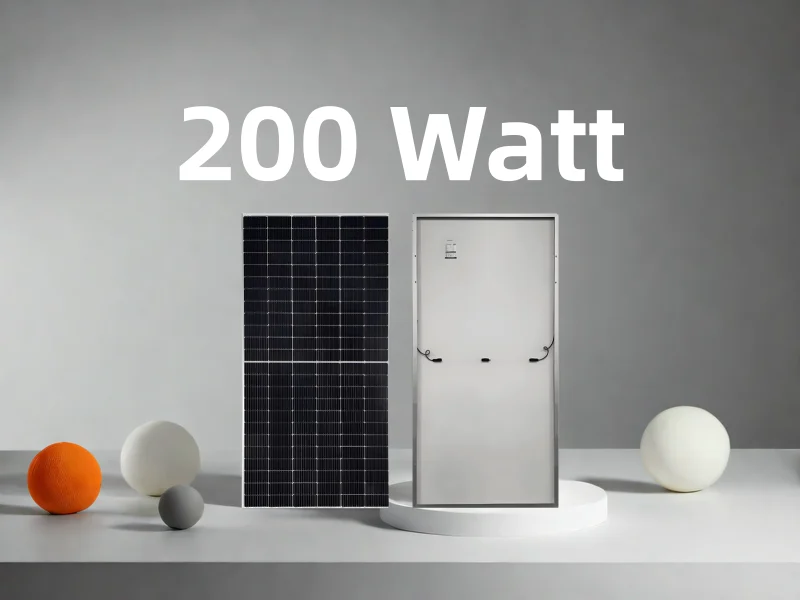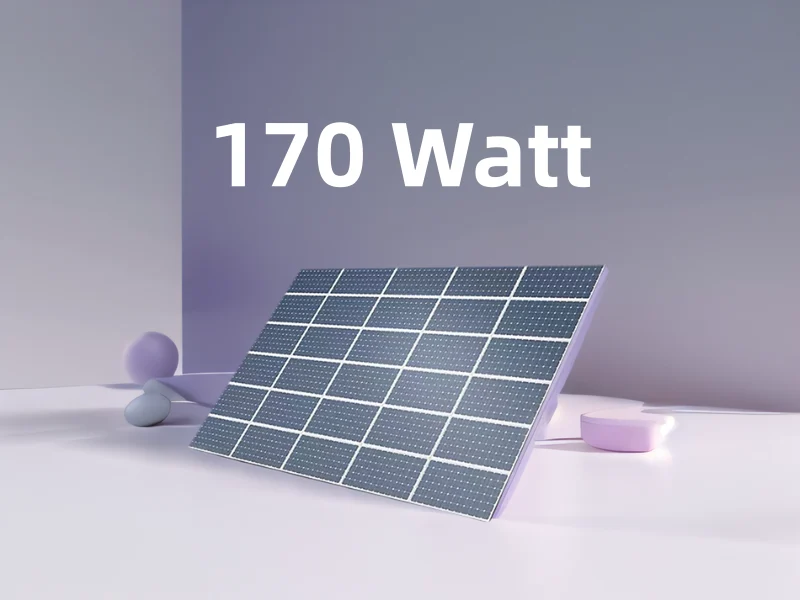What is the competitive price of 200 watt residential solar panels in Pakistan in 2025
A Brief Overview
The solar energy market in Pakistan witnessed exponential growth with unforeseen power blackouts, increased electricity bills, and being environmentally conscious over the past few years. The 200-watt solar panel is a balanced proposition-low-cost investment yet good power generation-for home users who want to start with solar. This guidance basically provides exhaustive detail on the current prices of 200W solar panels, their brands, installation aspects, and layman's advice pertinent to homeowners in Pakistan.
Current Price of 200W Solar Panels in Pakistan
| Brand | Panel Type | Price Range (Rs.) | Warranty | Efficiency Rating | Availability |
| Jinko Solar | Monocrystalline | 17,500 - 19,000 | 25 years | 19.8% | Nationwide |
| JA Solar | Monocrystalline | 16,800 - 18,500 | 25 years | 19.5% | Major cities |
| Canadian Solar | Monocrystalline | 18,500 - 21,000 | 25 years | 20.1% | Limited |
| Trina Solar | Monocrystalline | 17,000 - 19,500 | 25 years | 19.9% | Nationwide |
| Longi Solar | Monocrystalline | 18,000 - 20,500 | 25 years | 20.3% | Major cities |
| Risen Energy | Monocrystalline | 16,500 - 18,000 | 25 years | 19.3% | Nationwide |
| Amerisolar | Polycrystalline | 15,000 - 16,500 | 20 years | 17.5% | Nationwide |
| Sunways | Polycrystalline | 14,500 - 16,000 | 15 years | 17.1% | Limited |
| Local Assembled | Mixed | 12,000 - 15,000 | 5-10 years | 16-17% | Widespread |
Prices in February 2025. However, the actual price may vary according to the location, seller, and market conditions. The prices given are mostly for the panel and exclude the installation costs and expenditures for additional equipment.
Some Real-life Examples of Residential Installations
Case Study 1: Lahore Residential Installation
- Payback Time: 18-22 months
- Homeowner: Abdul Rehman
- Location: DHA Phase 5, Lahore
- System Size: 1.2kW (6 x 200W panels)
- Panel Brand: Trina Solar
- Total Panel Cost: 105,000
- Installation Cost: 35,000
- Additional Equipment: 85,000 (inverter, batteries, mounting structure)
- Total System Cost: 225,000
- Savings Monthly: Approximately 10,000-12,000
- Payback Time: 18-22 months
Abdul: "I put this system mainly to address load-shedding, which was disturbing my work-from-home arrangements. The 200W panels were cheap and just the right thing for my roof space. In the summer, I get almost 8 hours of full power generation."
Case Study 2: Karachi Small Home Setup
- Homeowner:Ayesha Khan
- Installation Site:Gulshan-e-Iqbal, Karachi
- System Size:8kW (4 x 200W panels)
- Panel Brand:Risen Energy
- Total Panel Cost: 66,000
- Installation Cost: 25,000
- Additional Equipment: 65,000
- Total System Cost: 156,000
- Savings Monthly:Approximately 7,000-9,000
- Payback Time:20-24 months
Ayesha states: "I bought the 200W panels to run my most essential loads during the time when the grid is down. These happily run my refrigerator, lights, fans, and TV. Installation was really easy and fast: one day."
How to Purchase and Install 200-Watt Panels
1. Determine Energy Consumption
- Determine electricity consumption in kWh/day
- What are the appliances required to be powered?
- Determine the battery backup needs in terms of time for shedding load
- Formula to calculate: Number of panels = Daily energy requirement, kWh / (200W x average sun hours) x 0.75
2. Installation Location
- Measure roof area available (about 1.5-1.7 m² per 200W panel)
- Check roof orientation: in Pakistan, preferably southward.
- Shading from surrounding buildings or trees?
- Roof must be strong enough to support the weight of the system.
3. Choose Quality Components
- Solar Panels:Top-tier manufacturer such as Jinko, JA Solar, or Trina
- Inverter:Pure sine-wave inverter with a clearly defined size.
- Battery:Lithium-ion, or good deep-cycle lead-acid batteries; AGM or GEL work well for storage.
- Mounting Structure:Must have going galvanized or aluminum made to withstand local weather conditions.
4. Source Competitive Quotes
- Contact at least 3-5 solar vendors within your city.
- Request for a written quote giving all components.
- Verify if the equipment is certified; ISO, IEC, CE.
- Clarify warranty terms and after-sales service for any fees.
5. Secure Necessary Approvals
- Get in touch with your local electricity distribution company (DISCO) concerning net-metering.
- Approval from building management if that is the case; otherwise, if you are in the apartment or housing society.
- Any local zoning requirements check, if any.
6. Installation Process
- Normally, dealing with a professional setup will take between 1 and 2 days installation for this system: 200 W for panels 4-6.
- There will be cabling arrangement and weather-proofing works.
- Complete testing prior to making any final payment.
- Good documentation and warranty certificates.
7. Maintenance Plan
- Washing should be 2 times a year; for slightly dusty areas, washing needs to be more frequent.
- "... Other checks are annual for connectivity, battery conditions, and system performance through monitoring tools."
Industry Context: Solar Market in Pakistan 2024-2025
All these factors are contributing toward quickening the transformation of the solar market in Pakistan.
Government Policies and Incentives
- Reductions in import duty:Recent changes in policy have lowered the duties on solar equipment
- Net metering:Net metering is mostly available in urban setups through K-Electric, LESCO, IESCO, etc. or other DISCOs.
- Alternative Energy Policy:Aims at 30% renewable energy by 2030.
- Tax Credits:Tax credit applies to certified solar installations by the vendors on prequalified list.
Market Trends
- Price Stabilization:Prices are very volatile in the previous year, but by 2024-25, they stabilize.
- Quality Segmentation:The clear differences between premium-grade products and budget products.
- Tier-one Dominance:Grade A brands command 65% in the market formally.
- Local Manufacturing:Local emerging production may be to inspire reduced pricing.
- Technology Revolution:Rapid transition from polycrystalline to monocrystalline technology.
Supply Chain Factors
- Direct imports:More retailers now directly import from the manufacturer.
- Warranty support:Expanded warranty support network for all major brands in the local market.
- Certification standards:More IEC, CE, and ISO certifications at an increasing rate.
- Battery maturity:Switch-over to lithium-ion battery-storage solution
Why Choose 200W Solar Panels for Residential Use?
Advantages
- Affordability: Lower initial investment compared to larger systems
- Scalability: Easy to expand by adding more panels as budget allows
- Manageability: Lighter weight and easier to install than larger panels
- Flexibility: Can fit in limited spaces or irregular roof layouts
- Immediate Relief: Even small systems provide meaningful backup during outages
Limitations
- Space Efficiency-Requires much more roof space for each kW rating in comparison to higher-wattage panels.
- Capacity-Extra panels may be drawn from their reserve to tackle bigger energy concerns.
- Cost of Installation-The cost of installation per watt may be more than that for larger systems.
Maximize Your 200-Watt Solar Investment
- Energy Efficiency Comes First:When deciding on solar installation, spend your time fixing or replacing inefficient appliances first.
- Design for Critical Loads:Design your solar installation so that it runs the essential appliances first.
- Hybrid System:Solar should feed the circuits with essential loads and other loads through the grid.
- Allow for Growth:Ensure that the first installation will allow for the addition of panels at a later date.
- Performance Monitoring:Install energy monitors to aid in optimizing the use of your system.
- Time of Use: Run your energy-consuming appliances during the hours of peak sunlight.
- Change of Seasons:Clean your panels ahead of summer so that they generate optimally during the peak solar months.
Conclusion
The 200W solar panel permits an affordable entry point for homeowners in Pakistan looking to take advantage of renewable energy. With prices stabilizing at around PKR 14,500-21,000 maximum per panel for authorized brands, small installations could be a timely reprieve during loadshedding and ever-soaring electricity bills.
With an 18-24-month payback period, these systems pose a critical solution for energy security when duly installed and maintained. Making the economics of installing solar on a residential scale much better with every passing day as the market is evolving and government incentives unfold.
200W panels, whether you want to afford some essentials during outages or you want to take baby steps toward a solar home, strike the best trade-off between price, performance, and flexibility for the Pakistan markets.

